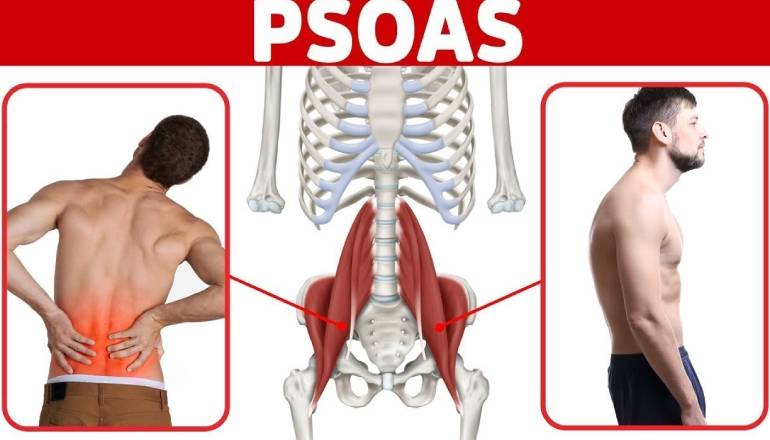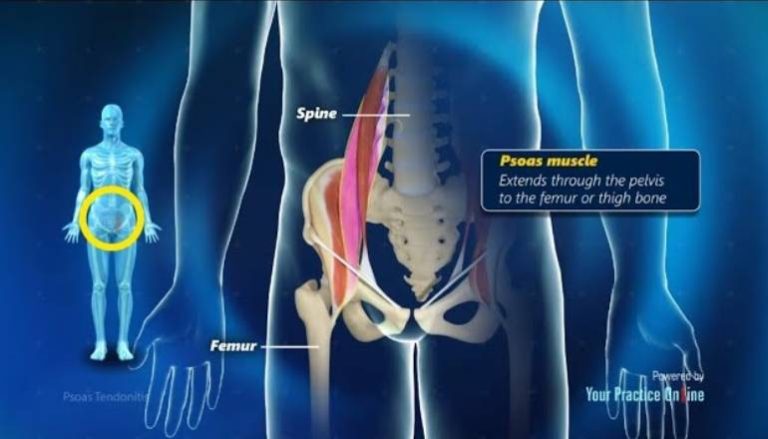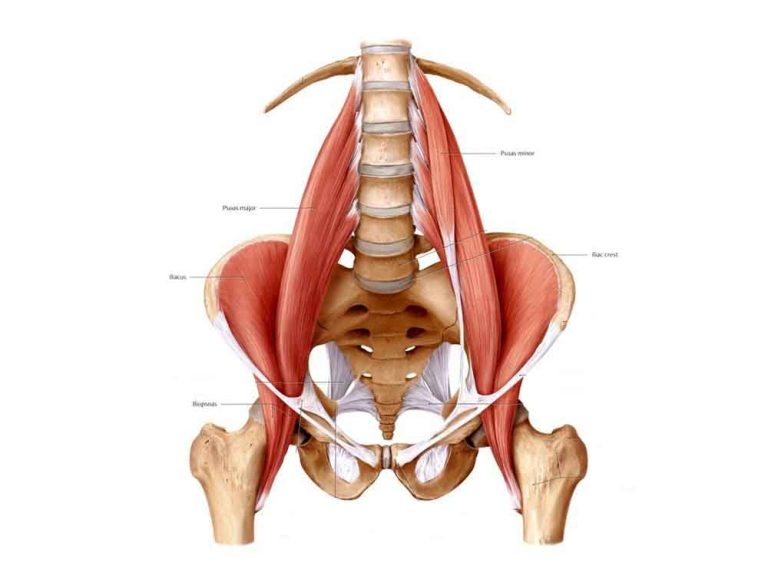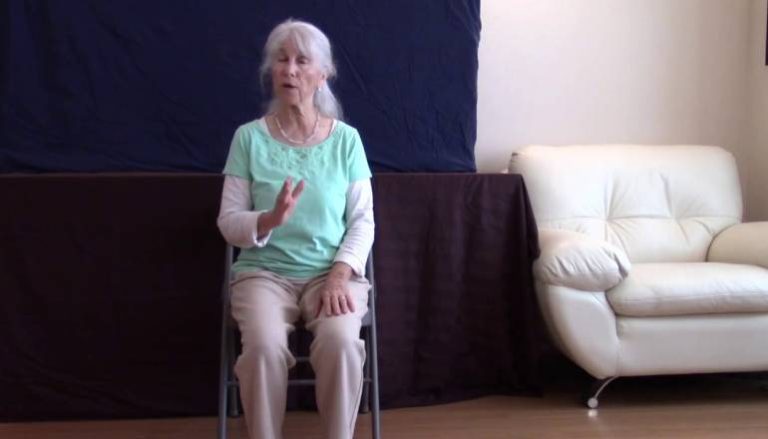What Are The Symptoms Of A Tight Psoas Muscle?
The psoas muscle is an important muscle located in the lower back and hip area. It plays a key role in stabilizing the spine, enabling us to move our legs and even helping us to maintain good posture. When this muscle becomes tight, it can cause a variety of uncomfortable symptoms. In this article, we will explore the various signs and symptoms of a tight psoas muscle so that you can recognize if you are experiencing it and take steps to address it.
Where do you feel the pain from the psoas muscle?
The psoas muscle is one of the most important muscles in the body and it can be a source of pain and discomfort. It’s located in the lower back and hip area, connecting the spine to the femur. When this muscle is tight or inflamed, it can cause a variety of issues including lower back pain, hip pain, and even sciatica.
When the psoas muscle is tight or inflamed, you may experience pain in your lower back or hip area. This pain may be localized to one spot or spread out over a larger area. It may also be accompanied by stiffness, tenderness, or difficulty moving your leg or hip. You may also feel a burning sensation when you move your leg.
Tightness in this muscle can also cause referred pain in other areas such as the groin, thigh, knee, and even ankle. This type of referred pain occurs when nerve signals from one part of your body are confused by another part of your body causing you to experience symptoms elsewhere.
If you’re experiencing any kind of pain related to your psoas muscle, it’s important to seek medical attention right away. A doctor can diagnose the issue and recommend an appropriate treatment plan that will help alleviate your symptoms and get you back on track.
What causes the psoas muscle to tighten?
The psoas muscle, or iliopsoas, is a major hip flexor muscle located in the lower back and abdomen. It plays an important role in stabilizing the spine and pelvis and is essential for walking, running, and other activities. When the psoas becomes tight, it can cause pain and discomfort throughout the body.
There are several potential causes of a tight psoas muscle. These include:
Overuse – Overusing the psoas through repetitive activities such as running or sitting for long periods of time can lead to tightness.
Inactivity – Inactivity can also cause a decrease in flexibility and strength of the psoas muscle.
Injury – An injury or trauma to the area can lead to spasms, tension, and tightness.
Poor Posture – Poor posture can put extra strain on the muscles of your back and abdomen, including your psoas.
If you suspect that your psoas muscle is tight, it’s important to take steps to address it. Stretching exercises are one way to help loosen up a tight psoas muscle. Regularly stretching your hip flexors will help promote flexibility and reduce tension.
Additionally, foam rolling has been found to be effective in relieving pain related to the tight psoas. Other treatments such as massage therapy may also be beneficial.
What are the symptoms of Psoas major muscle pain?
Psoas major muscle pain can be a debilitating condition that can cause severe discomfort and even disability. It is important to be aware of the symptoms of this condition so that you can seek appropriate treatment if needed.
The most common symptom of Psoas major muscle pain is a deep, dull ache in the lower back or hip area. This pain may worsen with certain activities such as walking, running, or climbing stairs. You may also experience sharp pains when bending or twisting your body in certain ways. Other symptoms include difficulty standing up after sitting for prolonged periods of time, difficulty sleeping due to discomfort, and general fatigue.
If you are experiencing any of these symptoms it is important to speak with your doctor as soon as possible. Your doctor will be able to diagnose the problem and recommend a course of treatment that is best suited for you. Treatment options range from physical therapy to medications and even surgery in some cases.
It is important to remember that psoas major muscle pain can have serious consequences if left untreated. Therefore, it is essential that you take steps to address the issue before it worsens. Speak with your doctor about any concerns you have and follow their advice for managing your condition.
Wrapping Up
The psoas muscle is an important part of the body that can become tight, leading to a variety of symptoms. Common symptoms of a tight psoas muscle include lower back pain, hip pain, and difficulty standing or sitting for long periods of time. It is important to identify the signs of a tight psoas muscle and seek treatment from a qualified medical professional to ensure proper healing and recovery. Taking steps to prevent the psoas muscle from becoming tight in the first place is also essential for maintaining good health.







